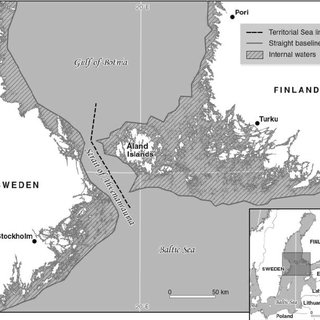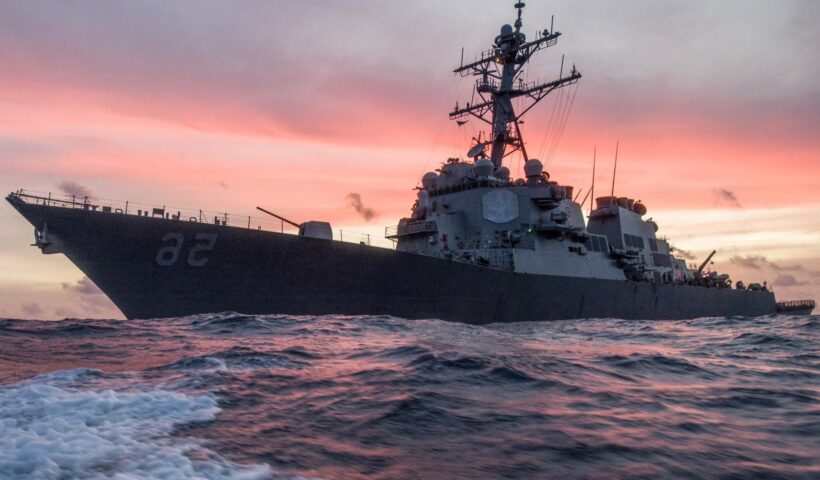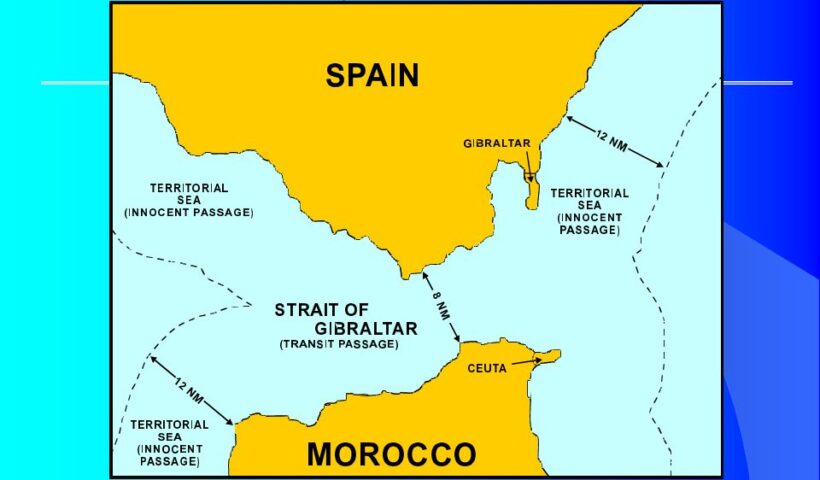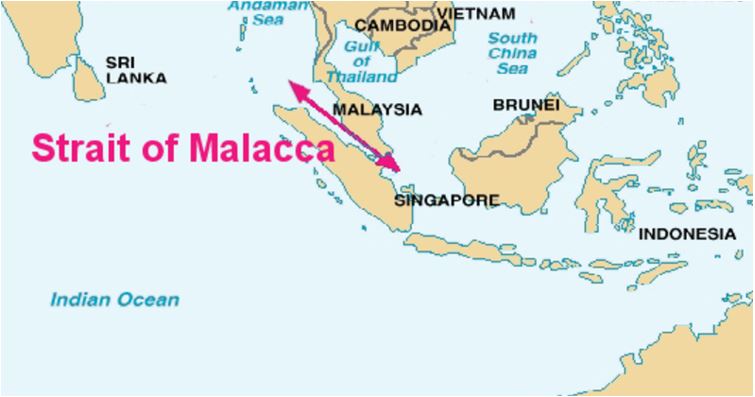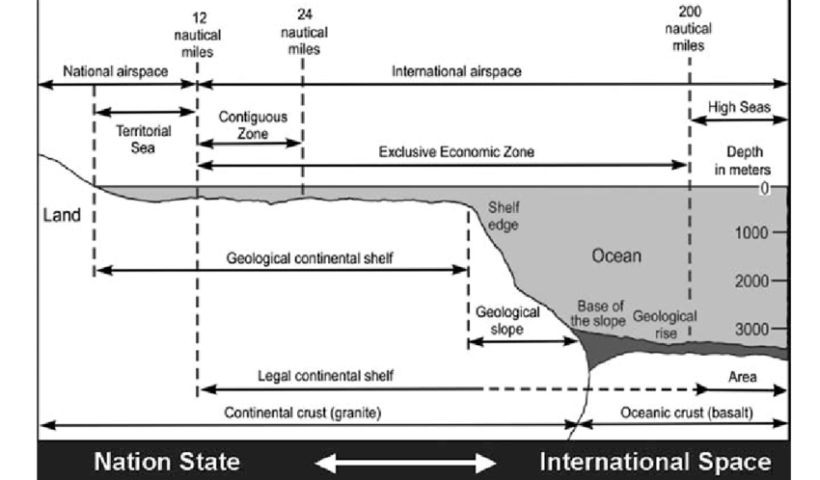When it ratified the LOS Convention in 1996, Finland confirmed its declaration on signature in part that:
It is the understanding of the Government of Finland that the exception from the transit passage regime in straits provided for in article 35(c) of the Convention is applicable to the strait between Finland (the Åland Islands) and Sweden. Since in that strait the passage is regulated in part by a longstanding international convention in force, the present legal regime in that strait will remain unchanged after the entry into force of the Convention. Navigational Regimes of Particular Straits, Aland case study, Aland case study, Finland, Gulf of Bothnia, international straits, legal regime in that strait, Particular Straits
Tag: international straits
what is the meaning of Freedom of Navigation in law of the sea and customary international law
what is the meaning of Freedom of Navigation in law of the sea and customary international law, Arctic Sunrise Arbitration, LOSC, ship is without nationality, Ships With Suspicious Nationality, slave trade, unauthorized broadcasting, warship
View More what is the meaning of Freedom of Navigation in law of the sea and customary international lawinternational law of the sea and The Right of Transit Passage on the international straits
Article 38(2) of LOSC defines transit passage as:
the exercise in accordance with this Part [III] of the freedom of navigation and overflight solely for the purpose of continuous and expeditious transit of the strait between one part of the high seas or an exclusive economic zone and another part of the high seas or an exclusive economic zone.
This provision continues that: ‘the requirement of continuous and expeditious transit does not preclude passage through the strait for the purpose of entering, leaving or returning from a State bordering the strait, subject to the conditions of entry to that State’. Thus the transit passage includes lateral and inward/outward-bound passage. The right of transit passage in international straits differs from the right of innocent passage in the territorial sea in four respects.. international law of the sea and The Right of Transit Passage on the international straits, Chicago Convention with respect to the airspace over the straits, continuous and expeditious transit, exclusive economic zone, freedom of navigation, international straits, submarines, transit passage, UNCLOS III
what is the meaning of INTERNATIONAL STRAITS and its legal issues (typology and rules)
The straits under Part III of the LOSC contain two types of straits: straits to which the regime of transit passage applies and straits to which the right of innocent passage applies.
The first type concerns straits to which the regime of transit passage applies. In this regard, Article 37 provides: This section applies to straits which are used for international navigation between one part of the high seas or an exclusive economic zone and another part of the high seas or an exclusive economic zone. This provision contains two criteria for identifying international straits under Part III.
The first is the geographical criterion. Such straits are those connecting ‘one part of the high seas or an exclusive economic zone and another part of the high seas or an exclusive economic zone’. The second is the functional criterion, namely ‘straits used for international navigation’. Concerning the relationship between the two criteria, the ICJ, in the Corfu Channel case, seemed to consider that the geographical criterion provided the primary criterion… what is the meaning of INTERNATIONAL STRAITS and its legal issues (typology and rules), Åland Islands, Åland Strait, archipelagic waters, Arctic Ocean, Arctic waters, Article 36 of the LOSC, Atlantic Oceans, Corfu Channel judgment, Dardanelles, Dover Strait, EEZ, international navigation, international shipping, international straits, LOSC, Montreux Convention, non-suspendable innocent passage, Osumi Strait, right of innocent passage, Strait of Gibraltar, Strait of Magellan, Straits of Malacca, territorial sea, territorialisation, transit passage, Turkish Straits
Typology of Marine Spaces
In summary, spatial jurisdiction comprises both complete spatial jurisdiction (= territorial sovereignty) and limited spatial jurisdiction (= sovereign rights). In either case, it must be stressed that coastal State jurisdiction over marine spaces is spatial by nature. It follows from the above discussion that marine spaces in the law of the sea can be categorised as follows :
(i) Marine spaces under national jurisdiction
(a) Marine spaces under territorial sovereignty (or complete spatial jurisdiction): internal waters, the territorial sea, international straits, and archipelagic waters.
(b) Marine spaces under sovereign rights (or limited spatial jurisdiction): the contiguous zone (where the EEZ is established), the EEZ and the continental shelf.
(ii) Marine spaces beyond national jurisdiction the high seas and the Area., Typology of Marine Spaces, archipelagic waters, beyond national jurisdiction, contiguous zone, High seas, internal waters, international straits, jurisdictional zones, national jurisdiction, territorial seas, Typology of Marine Spaces

